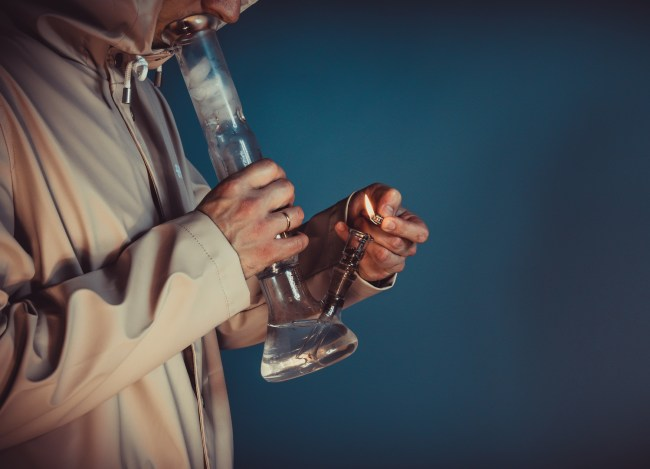The first time I shipped bongs to Los Angeles, one dispensary owner called them "ice‑cold espresso for weed." That line stuck. In this deep dive I'll answer every buyer question—from health claims to customs risks—so you can decide if glass bongs deserve shelf space this season.

Glass Beaker Bong
What is a glass bong used for?
Buyers ask me daily: "Frank, besides looking cool, what's the practical job of a bong?"
Glass bongs cool hot smoke, trap ash, and showcase bubbling action, making them ideal for medical patients who need gentle hits, recreational users chasing flavor, and retailers seeking eye‑catching countertop pieces.
Typical Use Scenarios
| Scene | Buyer Goal | CloverGlass Tip |
|---|
| Dispensing clinic | Reduce throat burn for repeat medical users | Offer 12‑inch beaker with ice pinch |
| Night‑life lounge | Instagram‑ready visuals | Add LED base & glycerine coil |
| Head‑shop display | Upsell high‑ticket accessories | Bundle quartz banger + recycler bong |
One LA lounge let customers pick bong colors at the bar—upsold 300 units in three months and tripled tip jars.
What are the benefits of a glass bong?
I crunched cost sheets: glass looks pricey upfront but wins the five‑year profit race.
Main benefits: purer flavor, visible cleanliness, easy branding, higher perceived value, and longer part life when made from 5 mm borosilicate. My LA warehouse replaces breakage within 48 hours—no other material justifies that confidence.
Data Table—Glass vs. Acrylic vs. Silicone
| Metric | Glass Bong | Acrylic Tube | Silicone Pipe |
|---|
| Flavor neutrality | ★★★★★ | ★★☆☆☆ | ★★★☆☆ |
| Heat resistance | 500 °C | 170 °C | 230 °C |
| Cleaning effort | ISO + salt, 2 min | Scrub stains, 5 min | Soap boil, 8 min |
| Retail price uplift | +30% | Base | +10% |
Do glass bongs need water?
Some first‑time customers inhale dry; they never come back.
Yes. Without water you lose cooling, flavor, and can crack the bowl. Fill until the downstem holes sit 1–1.5 cm underwater for optimal drag.
📋 Quick‑Fill Checklist
- Use cold, odor‑free water.
- Angle the bong—avoid wetting the bowl joint.
- Test pull—listen for gentle percolation, not splashback.

Proper water level in glass bong
How often should I change the bong water?
Cloudy water kills terpene sales faster than slow shipping.
Daily swap is the gold standard. Resin dissolves in 24 hours, lending rank smells and bacteria. Retail demo units? Change after every ten pulls.
Three‑Step Water Routine
| Step | Action | Wholesale Angle |
|---|
| Drain | Pour used water instantly | Show customers residue contrast |
| Rinse | Warm water swirl | Pitch cleaning kits |
| Re‑fill | Add ice or glycerine coil | Upsell freezer‑ready accessories |
What to know before getting a bong?
New shop owners often skip specs and regret bulk orders.
Check wall thickness (≥5 mm), joint size (14 mm/18 mm), percolator type, and factory QC reports. Confirm HS 7013.49 code and double‑box packing to pass U.S. customs unscathed.
🔍 Buyer Pre‑Flight Checklist
- Thickness caliper reading photo
- Drop‑ball stress test video
- Lead‑free certificate PDF
- Spare downstem ratio: 1:10 units
- Insurance: CloverGlass 100% seizure credit
What is the best bong for a beginner?
First‑timers get overwhelmed by recyclers and UFO percs.
A 10–12 inch straight tube with a diffused downstem balances stability, cleaning ease, and price. Offer clear glass so newbies can see water level and residue.
🎁 Starter Bundle Example
| Item | Wholesale (LA) | Retail MSRP |
|---|
| 12" Straight Tube | $7.50 | $29.99 |
| 3‑pack Downstems | $0.90 | $4.99 |
| ISO + Salt Kit | $1.20 | $5.99 |
Is a glass or plastic bong better?
I ran a blind taste at Denver CHAMPS: plastic lost in two hits.
Glass wins on flavor, heat tolerance, branding space, and perceived quality. Plastic wins only on break resistance—yet our 5 mm borosilicate survives 1‑meter drops 80% of the time.
How much is a decent bong?
"Frank, I need price anchors," buyers beg.
FOB China: $6–8 for plain beakers, $9–12 with ice pinch, $14+ for recycler or UV‑reactive. LA warehouse adds $1–2 but slashes delivery to 2 days.
💰 ROI Snapshot
| Style | FOB | Typical Retail | Gross Margin |
|---|
| 12" Beaker | $8 | $39.99 | 70% |
| 16" Ice Pinch | $11 | $59.99 | 74% |
| Recycler Glow | $16 | $89.99 | 78% |
Why do people use bongs instead of smoking?
I asked 200 retail customers; answers surprised me.
Top motives: smoother throat feel, stronger flavor, less herb waste, and social showmanship—bubbling water and thick clouds draw crowds and Instagram likes.
💸 Cost‑Per‑Hit Comparison (1 g Flower)
| Method | Hits | Cost/Hit USD |
|---|
| Joint | 10 | $0.30 |
| Metal Pipe | 12 | $0.25 |
| Glass Bong | 16 | $0.19 |
Conclusion
After 11 years shipping glass worldwide, I've learned one truth.
Glass bongs aren't just smoking tools—they're profit multipliers. Superior filtration, premium positioning, and repeat customers justify the investment. Start with thick-wall beakers, add ice pinches for upsells, and watch margins climb while customer satisfaction soars.
My biggest wholesale client started with 50 units. Today, they order 2,000 monthly and credit glass bongs for 40% of their revenue growth.


